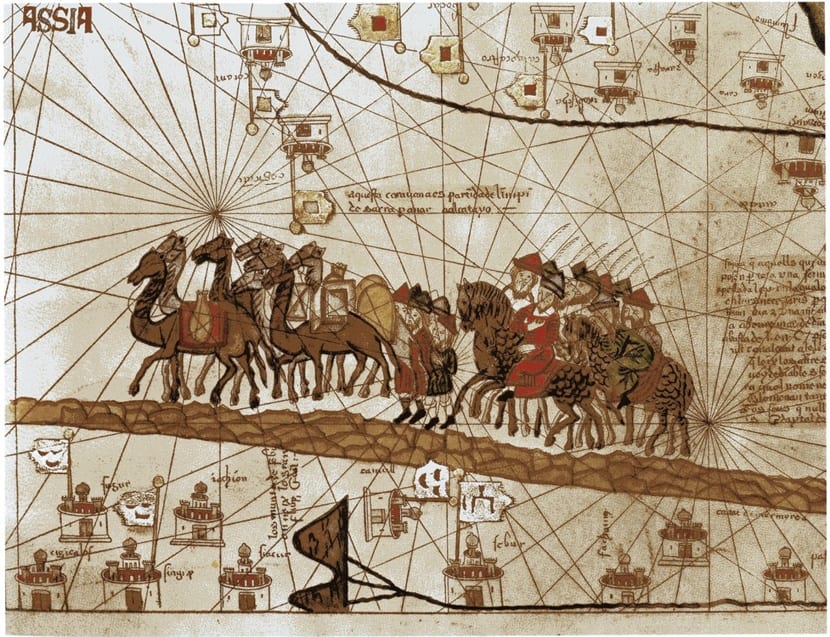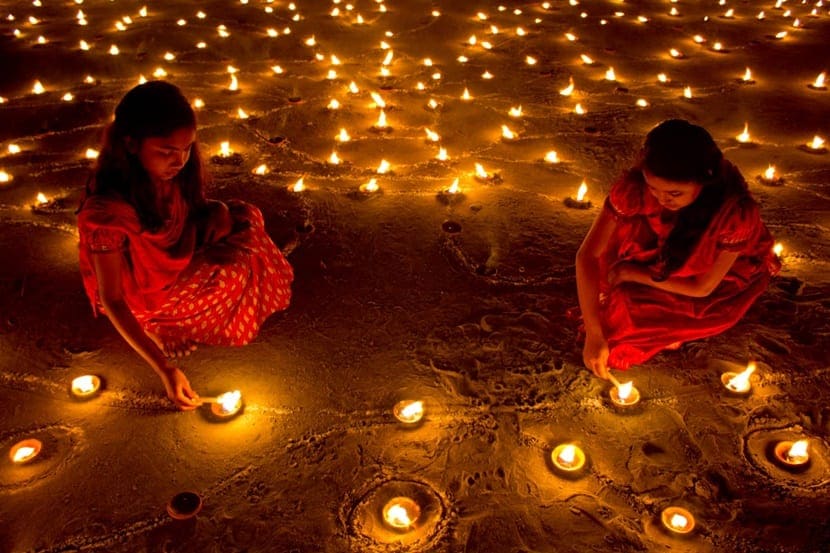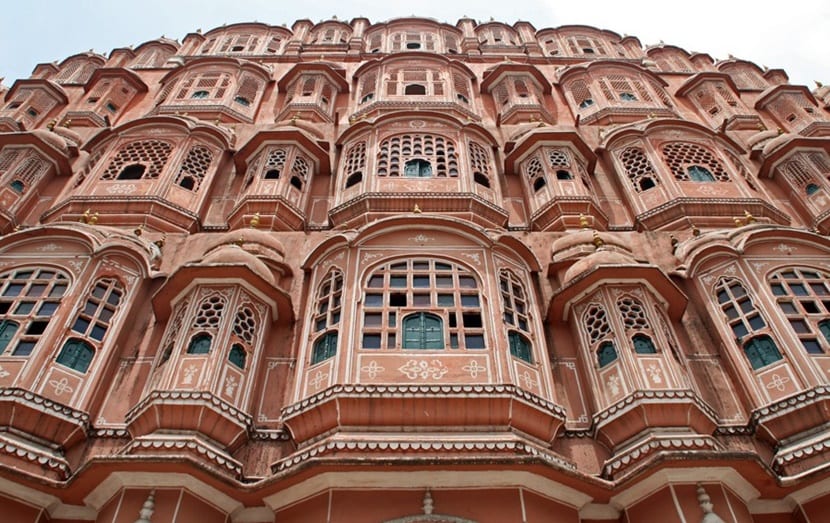
La India in the Middle Ages It was a time full of history and extremely interesting events, in which great empires, great movements in art and literature, which without a doubt it is extremely interesting to attend, were seen, even knowing that the structures of the great buildings of the time, as witnesses of the strength that this era had in its time and its constancy in our days.
Join us on this journey through India in the Middle Ages in which we will tell you the highlights of that time and how it has influenced our culture to this day.
Influence in India in the Middle Ages
The period of time involved the middle ages, was of great importance for most cultures, since this helped their development and characterization in culture, food, music and beliefs. India is located in the most favorable geographical point of Asia, limited in the west and northeast by Pakistan, with China and Nepal to the east.
En the medieval time, long before the Christian dynasty it was recognized for being a great cradle of civilization, in addition to having a polyglot religion. Hinduism, It is one of the oldest religions that had a great boom during the medieval time, in addition to presenting buildings for all their deities, as celebrations that are presented during the year to remember your beliefs, which is undoubtedly wonderful understand and learn about religion as coarse as this.
Empires of the Middle Ages
In addition, not satisfied with the great religion that was taking much more shape during the Middle Ages, India saw great empires pass before it, such as:
The Gupta Dynasty.
Dynasty of the north of India, where its apogee was between the years 320 to 540, during this time the Buddhist art reaches the Zenith, in addition to leaving as a legacy the Ajanta Caves, which are considered as the first Buddhist temples, of a great Adamas artistic value of being considered as a world heritage site.
The Chalukias and the Pallavas
Chalukia dynasty, they were the main dominators of the southern area of India, they conceived what is known as the golden age during this time, in it the Chulakia architecture emerged, which is characteristic for its style, buildings of this dynasty.
The Pallavas dynasty, like the Chalakias, had their main dominance in the southern area of India, they were allies during this period, they are the main representatives of Dravidian architecture, which can still be seen in Mahabalipuram.
The palas, The pratiharas and rastrakutas.
The Pallas are considered one of the powerful in North India in the years 770-810 they founded the Vikramshila University, which was a renowned center for the study of Buddhism in India.
The pratiharas their government lasted from 730 to 765 a culture with large buildings but unfortunately all of them were in ruin due to the wars.
The Rastrakutas a very renowned dynasty that has many works of art and buildings that are still preserved, without a doubt the temple that is most renowned is the Krishneswara temple in Rameswaram.
The Rajputs.
One of the great cultures, which predominated mainly in the north and center of India, had a mutable time where its class is divided into sub-classes, vestiges of its culture are preserved, as well as tribes that can still be found.
The South or Delhi Sultanates
An empire helped by the Muslims, who initially controlled northern India to later spread to the south, due to the combination of cultures there was a new outbreak in art, religion, customs, architecture and clothing.
During this period, it reached great cultural and scientific splendor such as:
- Mathematics, here they discovered the number 0, and decimal numbers.
- Astronomy: they discovered that the earth rotates around its own axis, as well as the reason for eclipses.
- Medicine: preparation of medicines.
- Literature: the creation of the theater and story.
The Silk Road

As if that were not enough, India is a place loaded with extremely important cultural facts, being a favorable geographical point And importantly, during the Middle Ages India together with the Arabs carried out what is known as "The Silk Road" making a strong marketing deal with species, where strong trades with Europe and Asia were dealt with, because all the exotic flavors it has to offer were considered and considered a true delight, you can still find traces that are proof of this.
There is no doubt that India in the Middle Ages lived a time of utmost importance to them, since it is a time of changes and especially of transition from antiquity to the modern world, as is clear, the customs rooted in the place are still preserved, therefore it is considered one of the places that preserves its own culture due to that still retain their customs.
Other charms that India keeps from the Middle Ages

Even through its streets you can admire its wonderful folklore, in its flavors, smells, customs and architecture. Their festivals are still preserved as is "Diwali" which is known as the beginning of the Hindu New Year that is celebrated from October 7 to November 8, which is one of the largest celebrations, where the night is illuminated with light and dances through the streets in addition to the use of fireworks throughout the duration of this celebration, without a doubt a celebration that you do not want to miss.
India, is a Magic place full of culture and history that you cannot ignore, it always has new things which will surprise you, since its culture and traditions are considered one of the most beautiful, in addition to having a gastronomy for the most demanding palates, which it has been perfected over time.
If you are thinking about where to go and have an adventurous spirit, willing to know and learn, this destination is an excellent option for young and old, don't waste any more time and decide to visit this magical place in company or on your own. What did you think of the India in the Middle Ages?
